Home>Articles>How To Tell If Hot Water Heater Element Is Bad
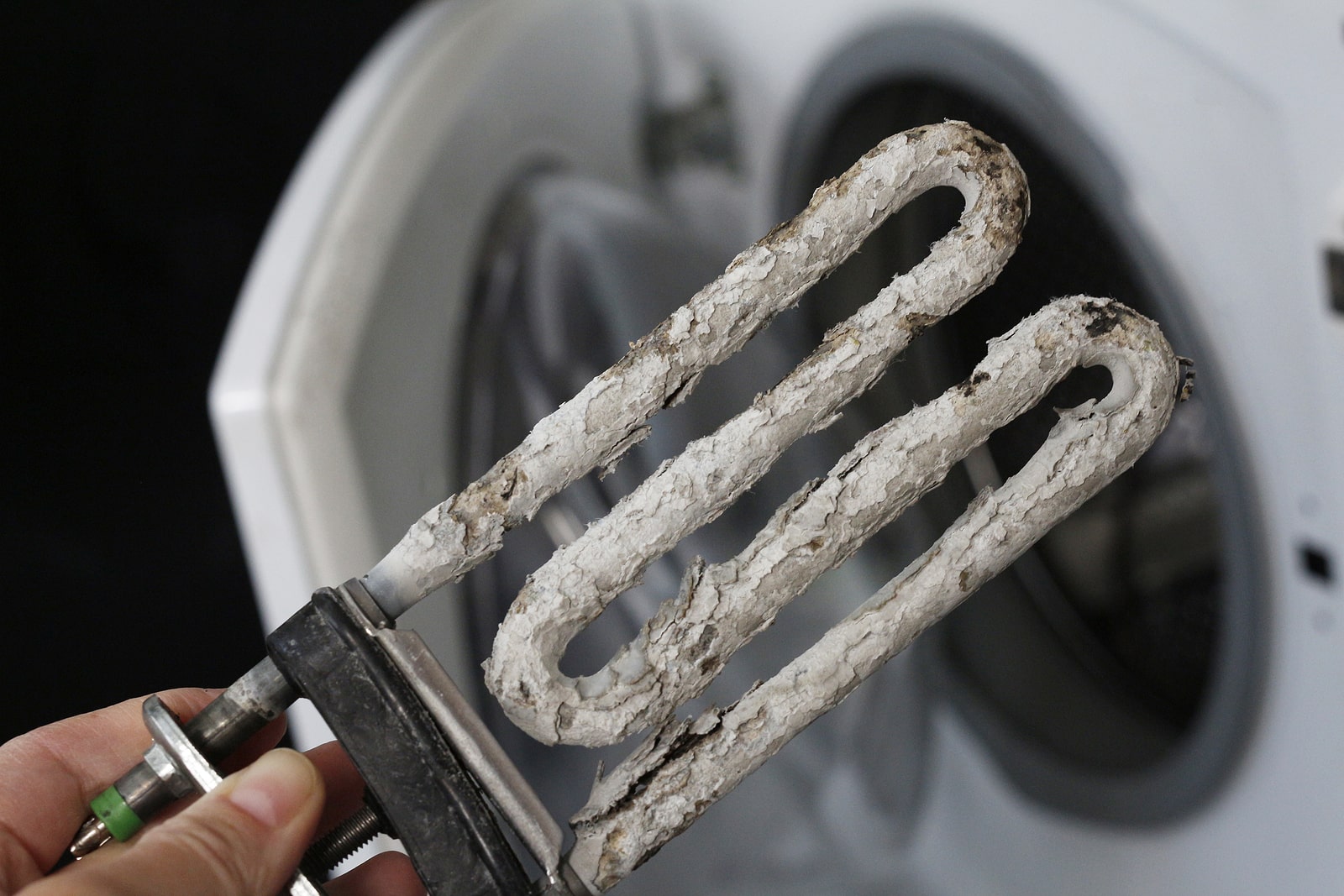

Articles
How To Tell If Hot Water Heater Element Is Bad
Modified: February 27, 2024
Learn how to determine if your hot water heater element is faulty. Read our informative articles to troubleshoot and fix the issue.
(Many of the links in this article redirect to a specific reviewed product. Your purchase of these products through affiliate links helps to generate commission for Storables.com, at no extra cost. Learn more)
Introduction
A hot water heater is an essential appliance in any household, providing us with the comfort and convenience of hot water for various purposes. But like any mechanical device, hot water heaters can experience issues over time, and one common problem is a faulty heating element. The heating element is responsible for heating the water in the tank, and when it malfunctions, it can lead to a lack of hot water or inadequate heating.
In this article, we will explore how to determine if a hot water heater element is bad, as well as guide you through the process of testing and replacing a faulty element. By learning about these signs and performing the necessary steps, you can ensure that your hot water heater continues to function efficiently and effectively.
Key Takeaways:
- Identifying signs of a bad hot water heater element, such as lack of hot water, inconsistent temperature, and strange noises, is crucial for diagnosing issues and ensuring a steady supply of hot water in your home.
- Testing and replacing a faulty hot water heater element can be done with simple steps, but always prioritize safety and consider professional assistance if needed. Regular maintenance and proactive troubleshooting can help maintain a reliable source of hot water and contribute to energy efficiency.
Read more: How To Check Water Heater Element
Understanding a Hot Water Heater Element
Before we delve into identifying a bad hot water heater element, it’s important to have a basic understanding of what the element is and how it functions. A hot water heater element is a crucial component of an electric water heater. It is typically made of a metal alloy, such as copper or stainless steel, and it is immersed in the water inside the tank.
When electricity flows through the element, it generates heat, which in turn heats up the water. The element is controlled by a thermostat, which regulates the temperature to maintain a consistent level. Depending on the size of the water heater, there can be one or two heating elements present.
The heating elements in a water heater are subject to wear and tear over time due to constant exposure to high temperatures and minerals in the water. This can lead to various issues, including reduced heating capacity, frequent trips of the circuit breaker, or complete failure of the element.
Now that you have a basic understanding of the hot water heater element, it’s time to learn about the signs that indicate a possible problem.
Signs of a Bad Hot Water Heater Element
Identifying the signs of a bad hot water heater element is crucial in diagnosing the issue and determining if a replacement is necessary. Here are some common signs that may indicate a faulty element:
- Lack of hot water: If you notice a decrease in the amount of hot water or a complete lack of hot water, it could be a sign of a bad heating element. The element may not be producing enough heat to adequately warm the water in the tank.
- Inconsistent water temperature: If the hot water in your taps fluctuates between hot and cold, or if it takes longer than usual for the water to heat up, it could indicate a problem with the element.
- Strange noises: A damaged heating element can cause noises such as popping or sizzling sounds. These noises may occur when the element is struggling to heat the water or when it is covered in sediment and minerals.
- Frequent circuit breaker trips: If the circuit breaker connected to your water heater trips frequently, it could be due to a faulty heating element. This occurs when the element draws more electrical current than it should, causing the breaker to trip as a safety measure.
- Burnt smell: A burning odor coming from the water heater could indicate a burned-out element. It’s important to address this issue promptly to prevent any potential damage or safety hazards.
If you notice any of these signs, it’s advised to further investigate the issue and perform the necessary tests to confirm if the heating element is indeed the culprit.
If your hot water heater is not producing enough hot water, it could be a sign of a bad heating element. Use a multimeter to test for continuity across the terminals of the heating element to determine if it is faulty.
Testing the Hot Water Heater Element
If you suspect that your hot water heater element is bad, performing a simple test can help confirm the issue. Here’s how you can test the hot water heater element:
- Turn off the power: Before conducting any tests or working on the water heater, make sure to turn off the power supply at the circuit breaker or fuse box. This will ensure your safety during the testing process.
- Remove the access panel: Locate the access panel on the front of the water heater. Use a screwdriver or the appropriate tool to remove the panel and expose the heating elements.
- Check for visible damage: Inspect the heating elements for any visible signs of damage such as corrosion, discoloration, or broken wires. If you notice any significant damage, it’s likely that the element needs to be replaced.
- Use a multimeter: A multimeter is a handy tool that can measure electrical resistance. Set the multimeter to the resistance or “ohms” setting.
- Test the terminals: Touch one probe of the multimeter to one of the element terminals and the other probe to the other terminal. A properly functioning element should show a reading between 10 and 20 ohms. If the reading is significantly higher or lower, it indicates a problem with the element.
- Repeat the test: Perform the same test on the other heating element if your water heater has dual elements. This will help you identify any potential issues with both elements.
It’s important to note that if the test results show that the element is indeed faulty, it should be replaced to ensure proper functioning of your hot water heater.
Now that you’ve tested the hot water heater element and confirmed it needs replacement, let’s move on to the steps for replacing a faulty element.
Replacing a Faulty Hot Water Heater Element
If you have determined that your hot water heater element is bad, it’s time to replace it. Here’s a step-by-step guide on how to replace a faulty hot water heater element:
- Turn off the power: Before starting any work, make sure to turn off the power to the water heater at the circuit breaker or fuse box.
- Drain the tank: Connect a garden hose to the drain valve at the bottom of the water heater and place the other end in a suitable drain location. Open the valve and let the water drain completely from the tank.
- Remove the access panel: Use a screwdriver or the appropriate tool to remove the access panel covering the element.
- Disconnect the wires: Carefully disconnect the wires from the terminals of the faulty element. Take note of the wire placement or take a picture to ensure proper reconnection later.
- Unscrew the element: Use an element wrench or a suitable tool to loosen and unscrew the faulty heating element from the water heater tank. If the element is stuck, you may need to apply a little force or use a penetrating oil to loosen it.
- Install the new element: Take the new heating element and wrap it with thread-seal tape. Insert the new element into the opening and tighten it securely using the element wrench.
- Reconnect the wires: Carefully reconnect the wires to the terminals of the new element, ensuring that they are securely tightened.
- Restore power and test: Double-check that everything is properly connected and then turn on the power to the water heater. Monitor the water heater and check for any leaks or issues.
- Refill the tank: Close the drain valve and slowly turn on the cold water supply to refill the tank. Check for any leaks and ensure that the tank is properly filled.
It’s important to follow the manufacturer’s instructions and consult a professional if you are uncertain or uncomfortable with performing the replacement yourself.
Now that you know how to replace a faulty hot water heater element, you can restore optimum performance and efficiency to your hot water system.
Read more: How To Replace Element In Water Heater
Conclusion
Having a functional hot water heater is essential for everyday comfort and convenience. By understanding the signs of a bad hot water heater element and knowing how to test and replace it, you can keep your water heater running smoothly and ensure a steady supply of hot water.
Remember, when dealing with electrical components and water heaters, always prioritize safety. Make sure to turn off the power before conducting any tests or performing any repairs. If you are unsure or uncomfortable with the process, it’s best to seek professional assistance.
Regular maintenance and inspection of your hot water heater can help prevent issues with the heating element and extend the lifespan of the appliance. Flushing the tank annually to remove sediment buildup and checking the condition of the elements are good practices to adopt.
By staying proactive and attentive to the signs of a bad hot water heater element, you can address any problems promptly and ensure that you have a reliable source of hot water in your home. If you suspect a faulty element, test it using a multimeter and replace it if necessary.
Remember, a properly functioning hot water heater will not only provide you with the comfort of hot water but also contribute to energy efficiency and cost savings in the long run.
Now that you have a comprehensive understanding of hot water heater elements, testing procedures, and replacement steps, you can confidently troubleshoot and resolve any issues that may arise with your hot water heater.
Frequently Asked Questions about How To Tell If Hot Water Heater Element Is Bad
Was this page helpful?
At Storables.com, we guarantee accurate and reliable information. Our content, validated by Expert Board Contributors, is crafted following stringent Editorial Policies. We're committed to providing you with well-researched, expert-backed insights for all your informational needs.
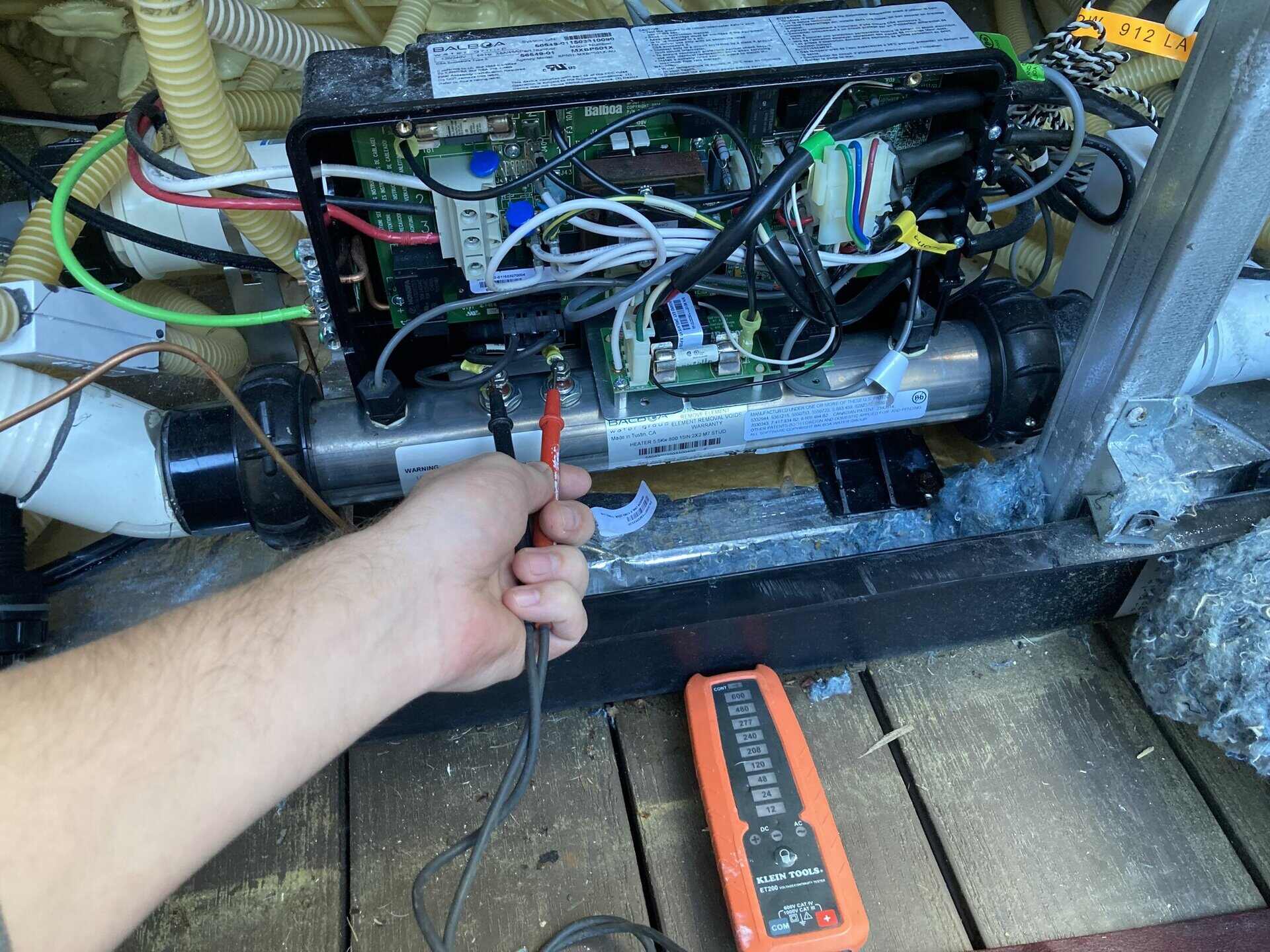
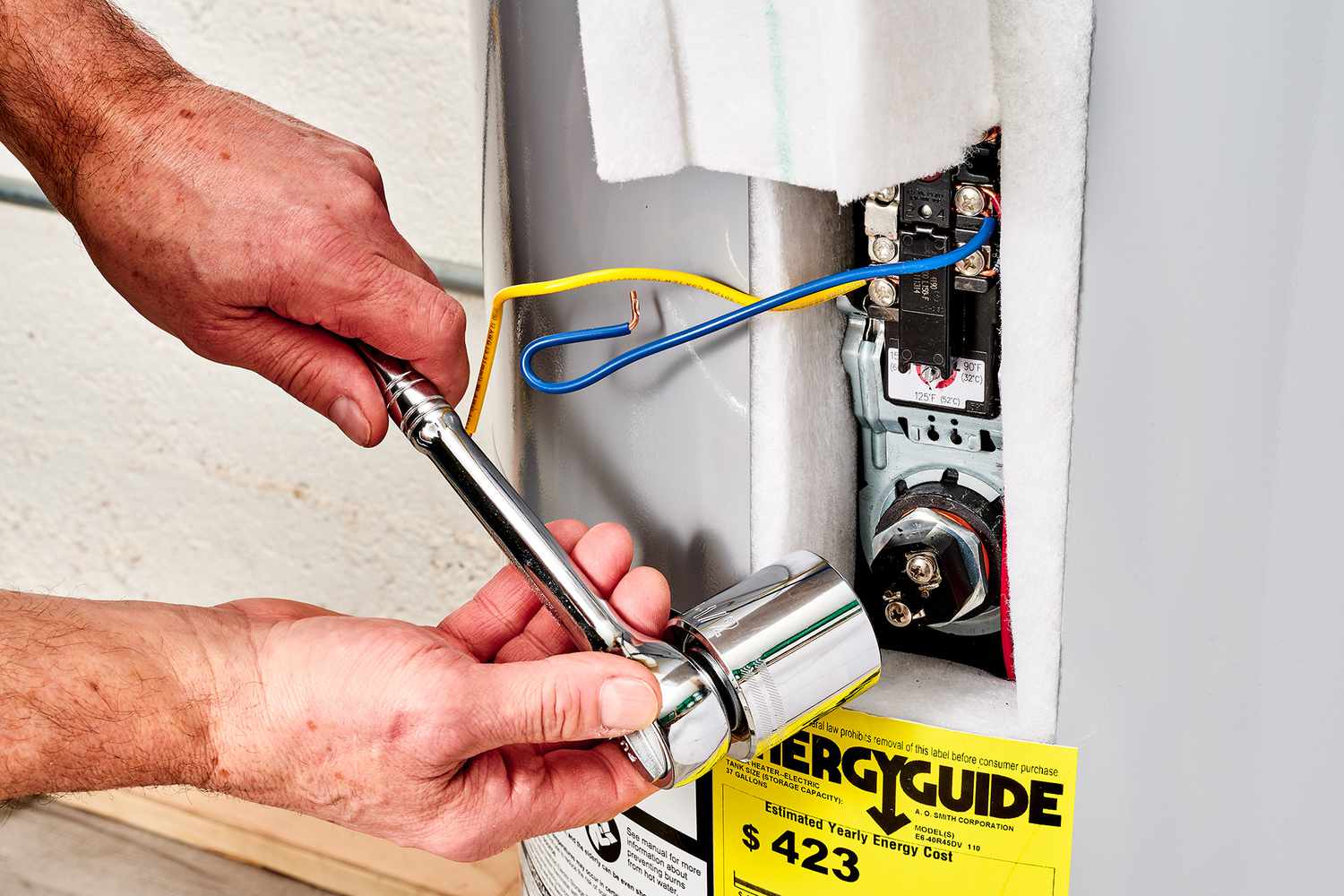
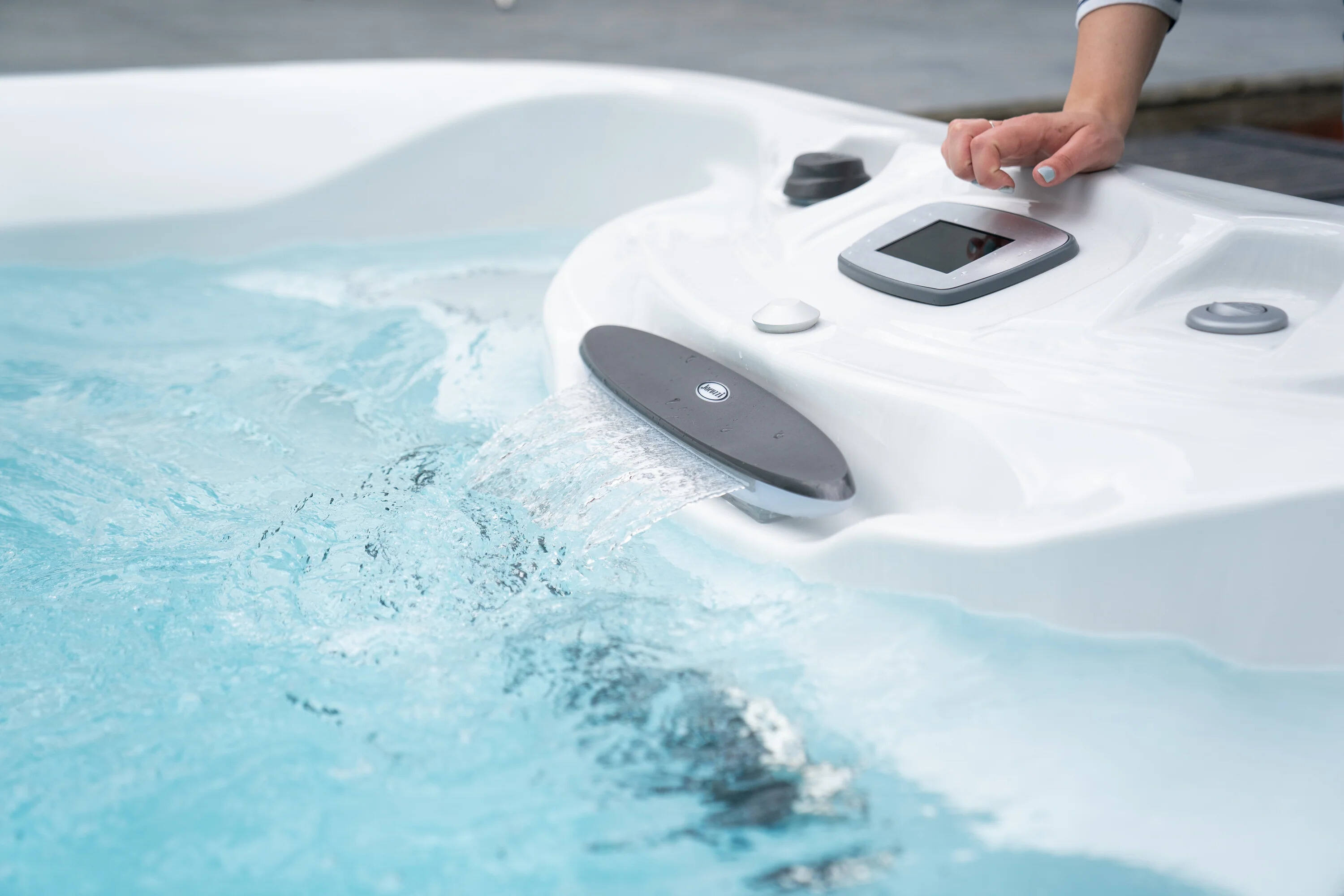
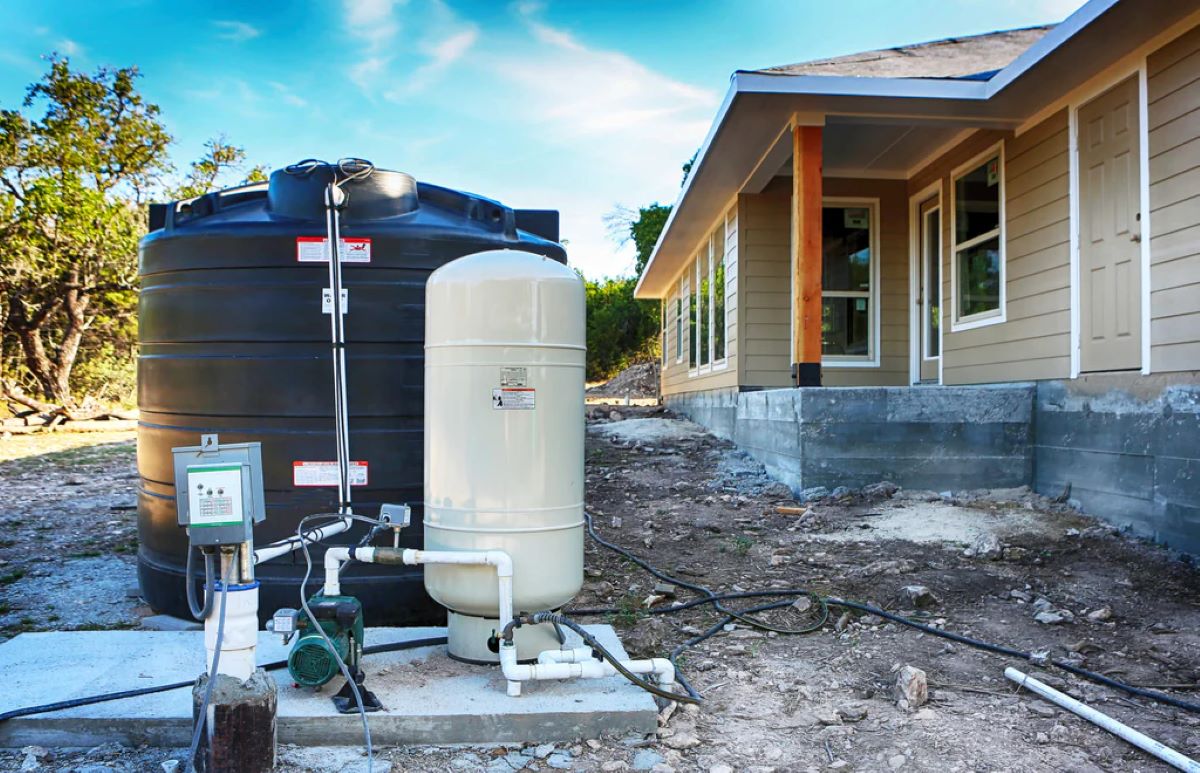
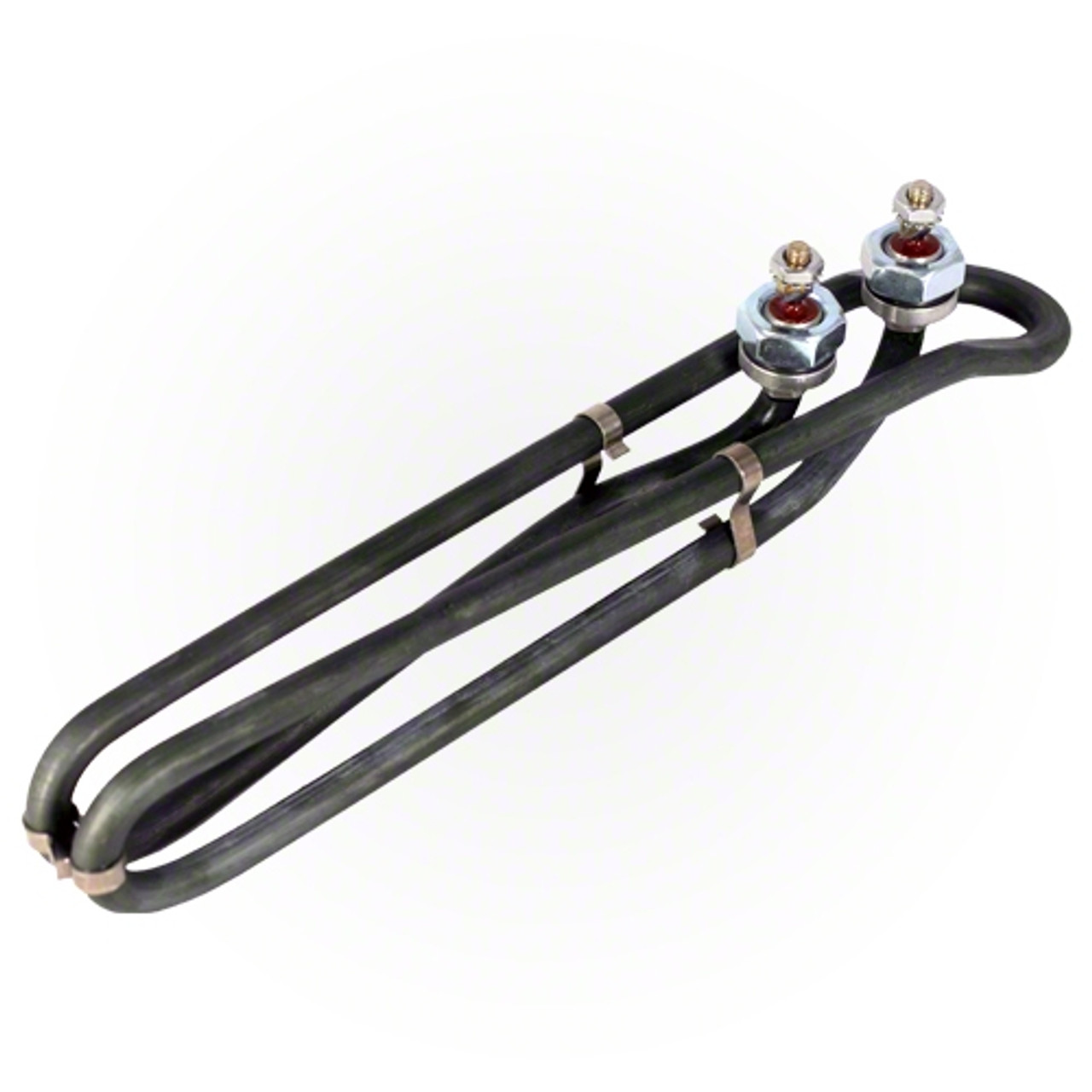

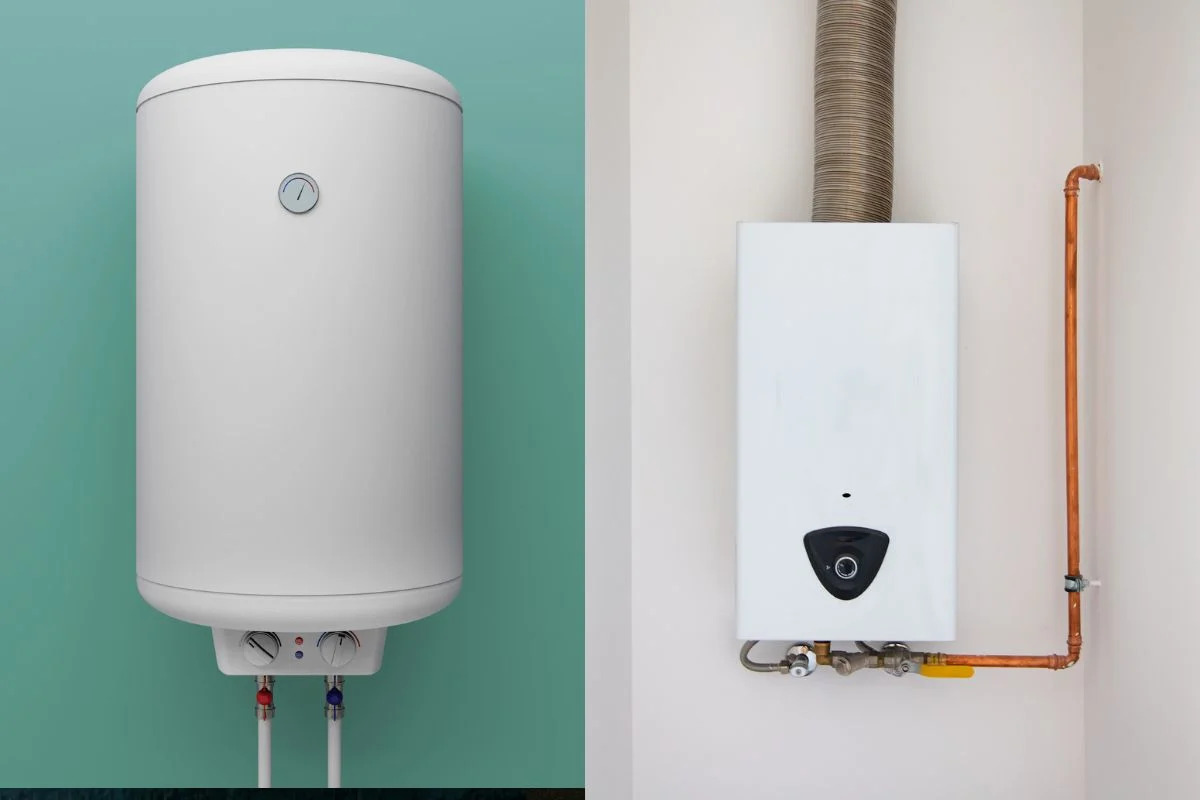
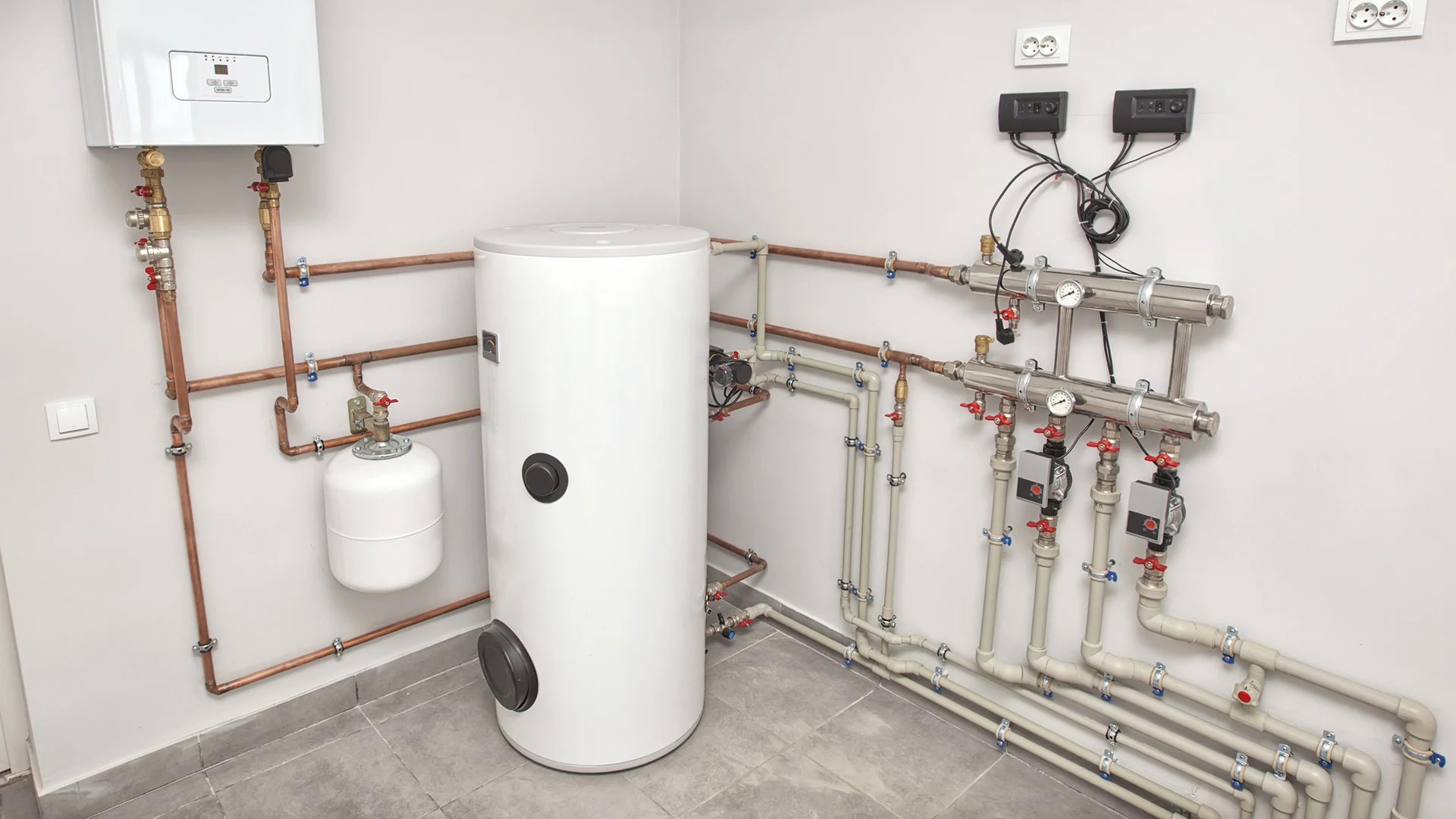

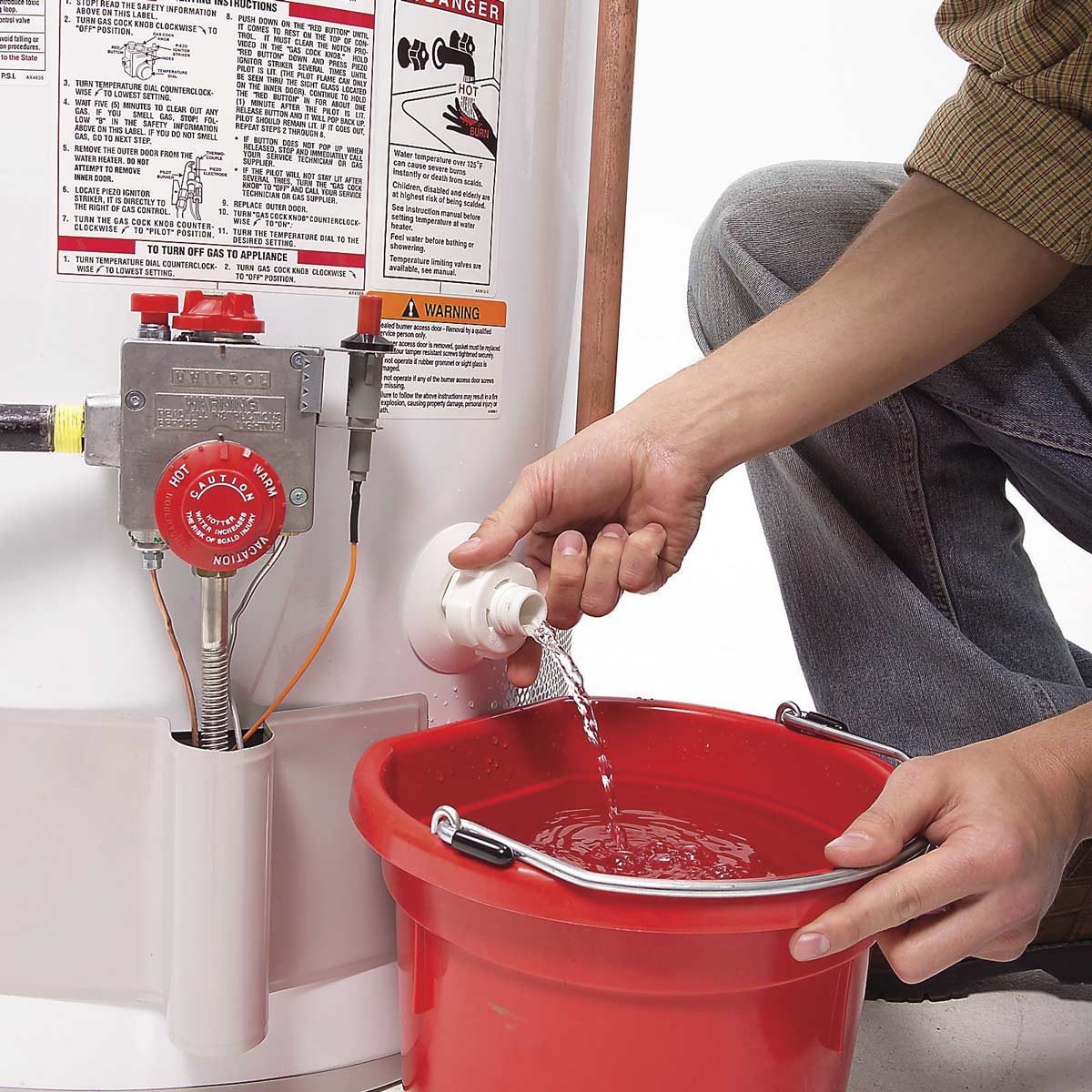
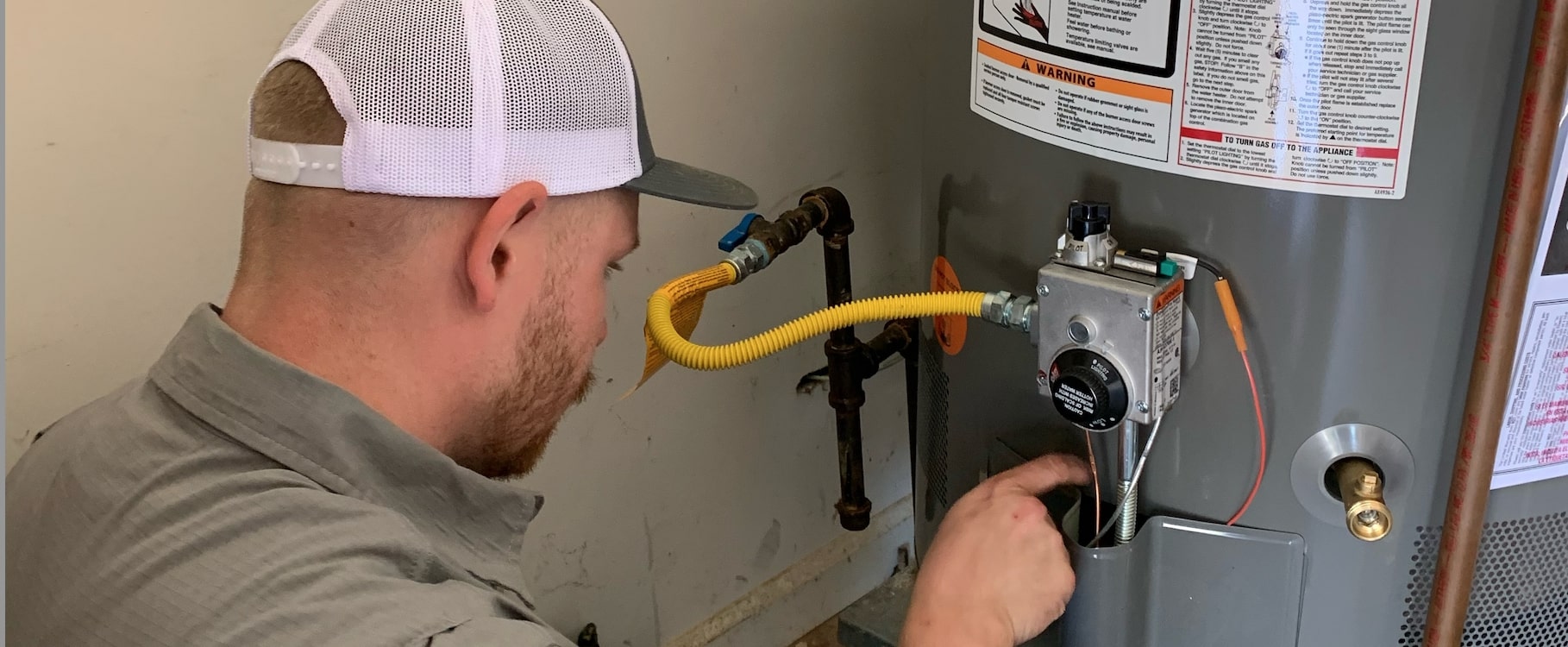
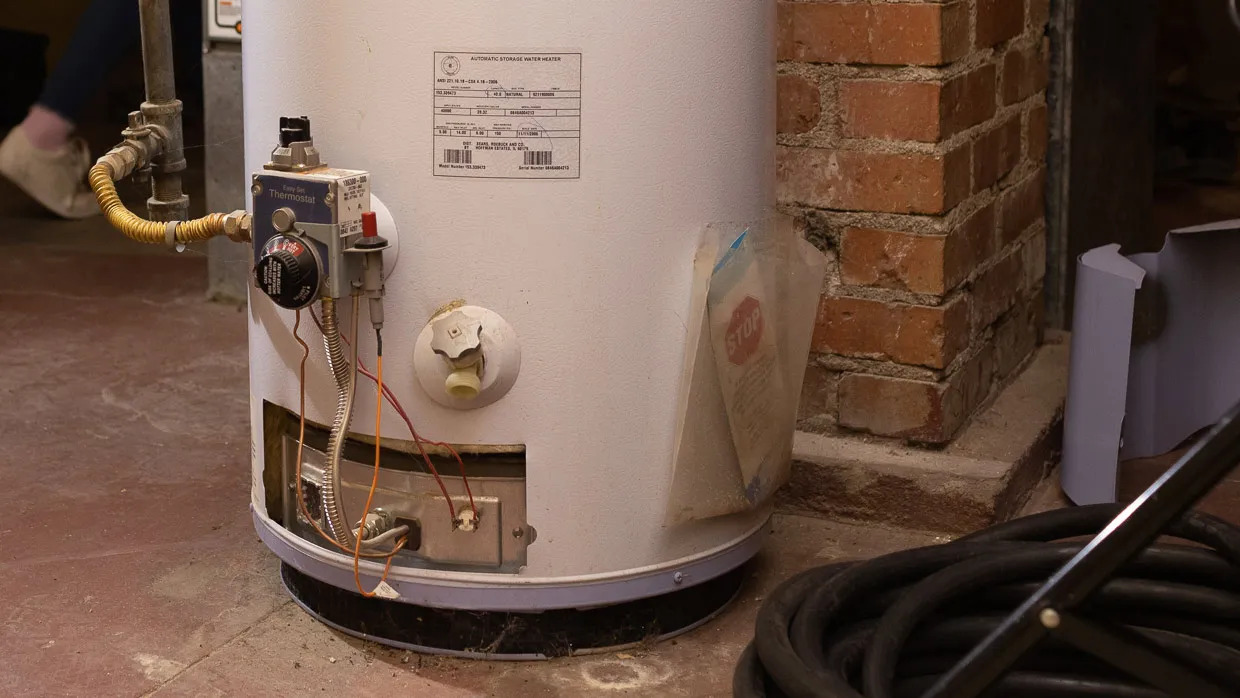
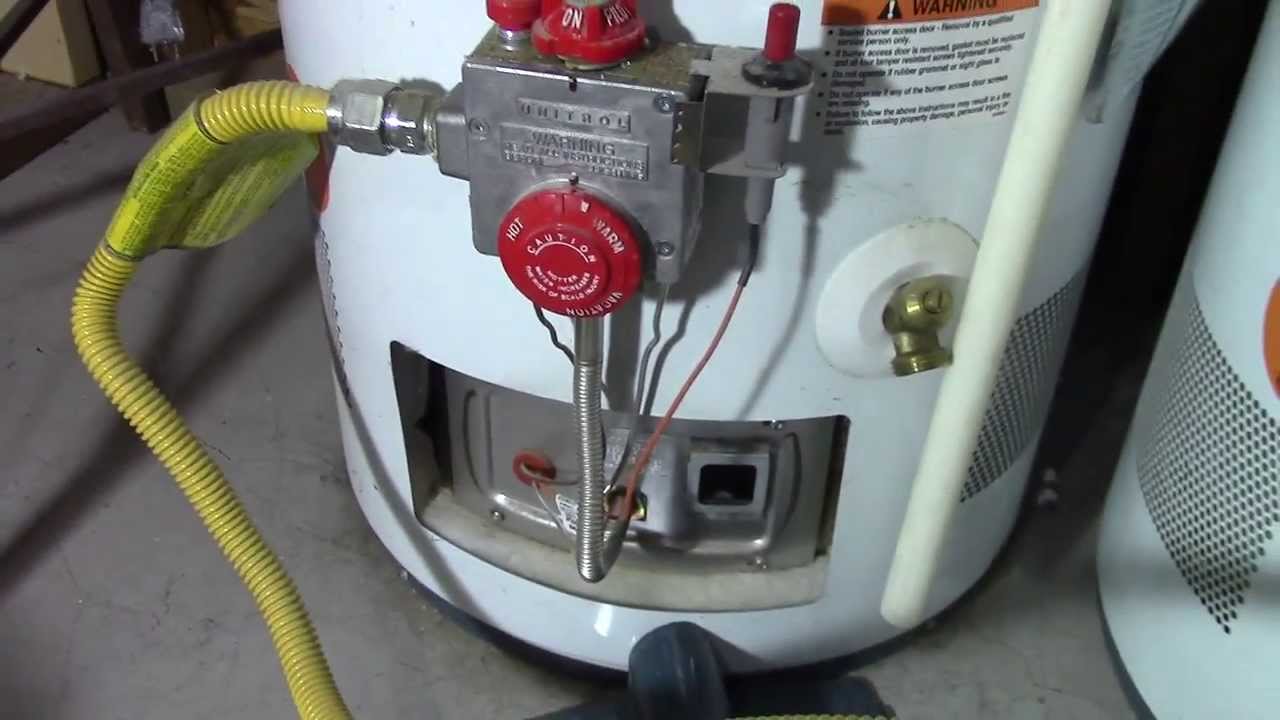
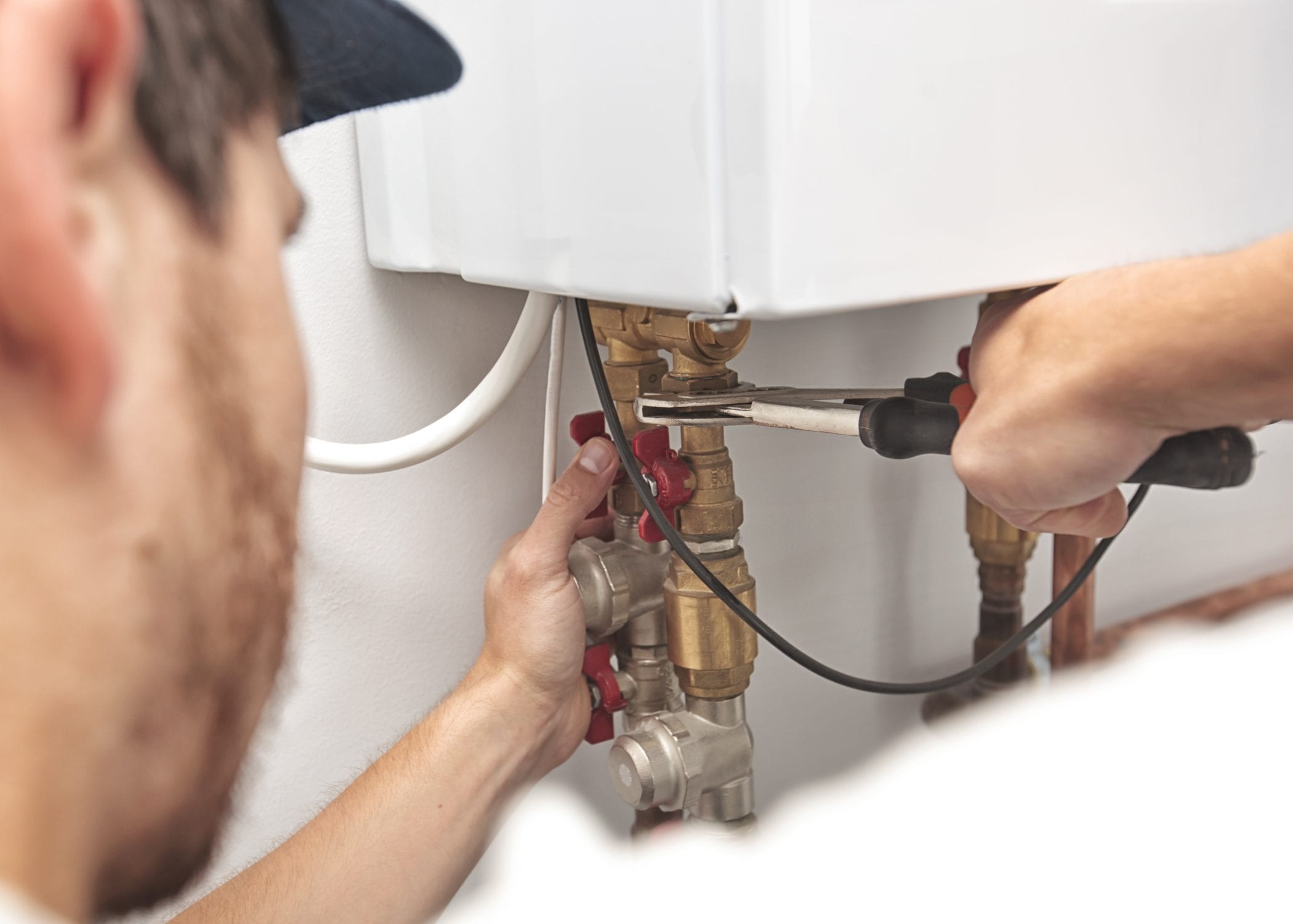

0 thoughts on “How To Tell If Hot Water Heater Element Is Bad”